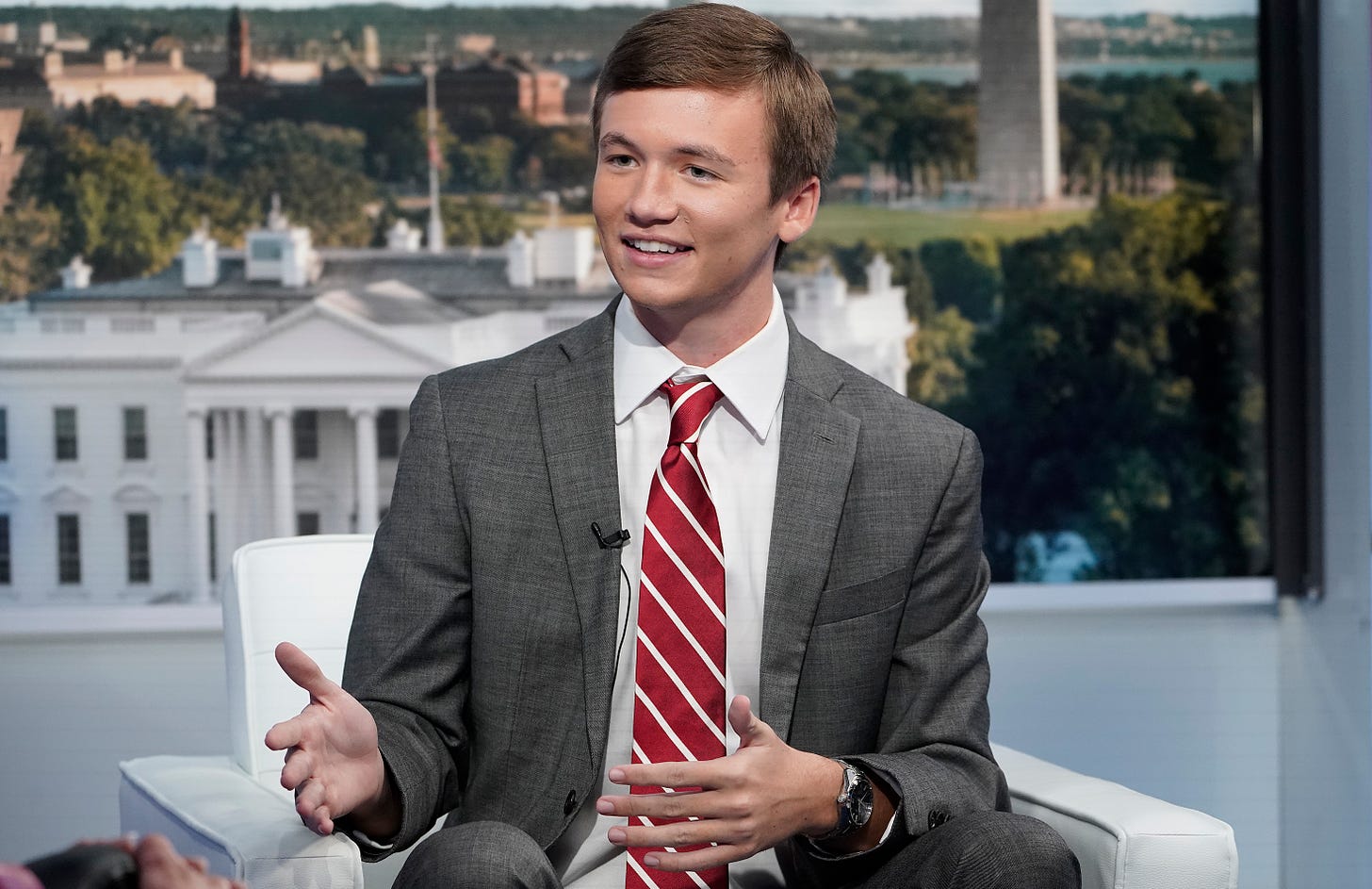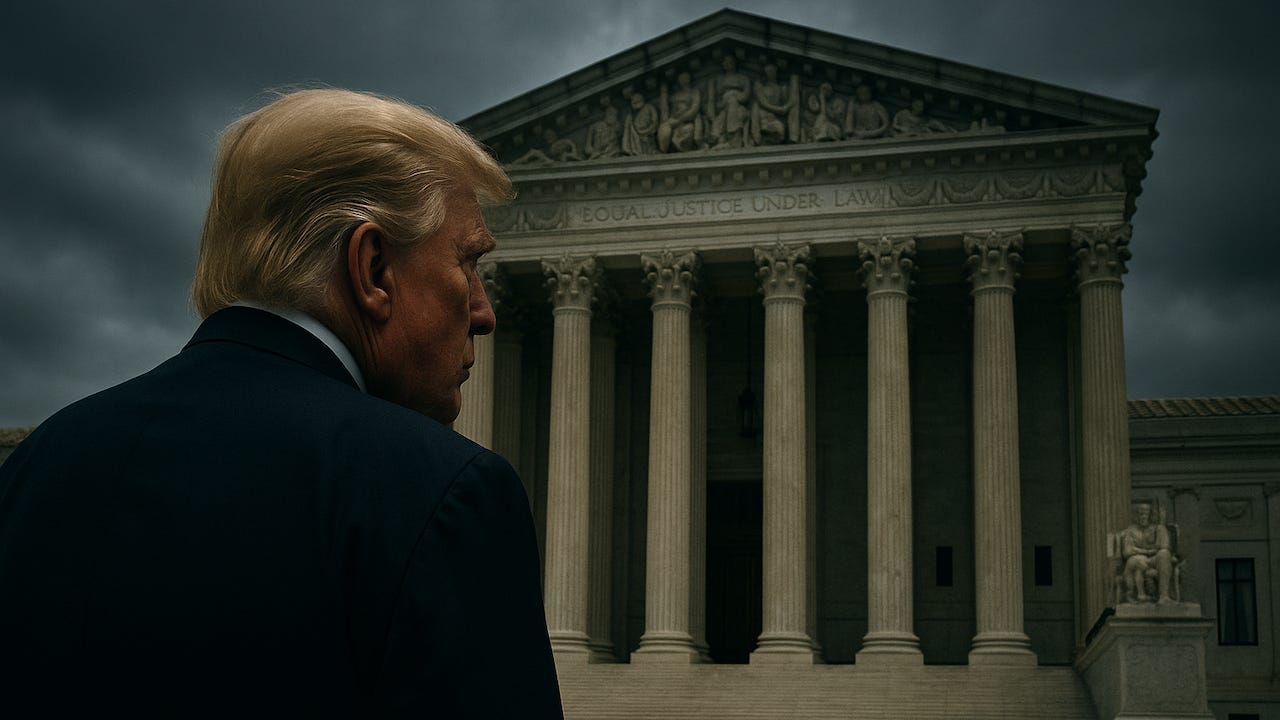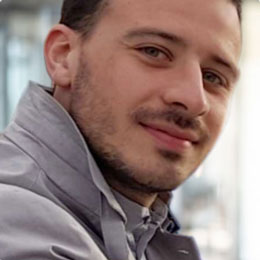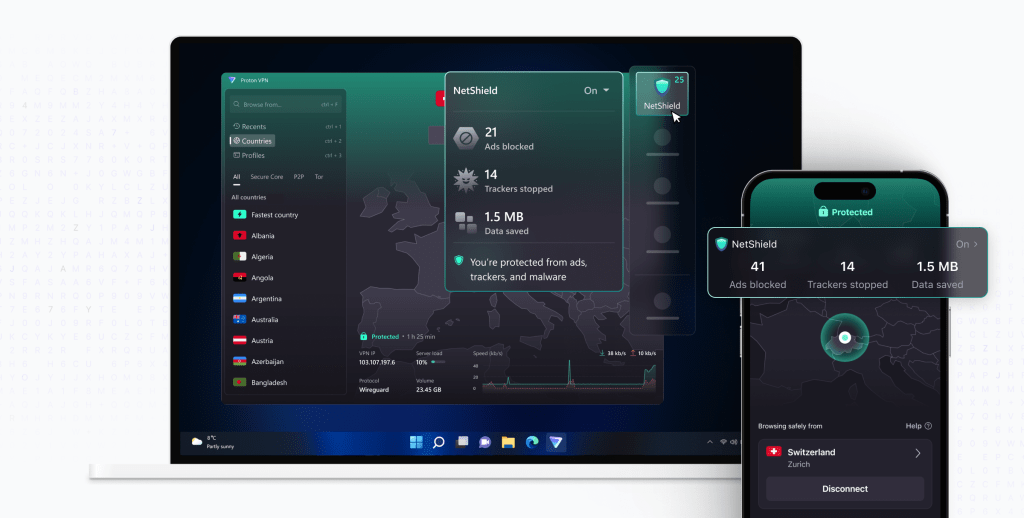Private Jet-Flying, Charlie Kirk-Wannabe Teen Sets Off MAGA Firestorm
The fight over Brilyn Hollyhand symbolizes a bigger problem for MAGA.

ASPIRING CONSERVATIVE PUNDIT Brilyn Hollyhand had a good thing going. Charlie Kirk’s assassination had put new energy into the pro-Trump speaking circuit on college campuses, giving Hollyhand—a 19-year-old with an encyclopedic grasp of Republican talking points—an opportunity to rack up national media hits discussing Kirk’s legacy and bringing fresh attention to his own Kirk-like campus events.
And, for a little while, Hollyhand was handily meeting the moment. He went on a number of TV networks and podcasts to memorialize his “mentor” Kirk, and he also launched a ten-stop “One Conversation at a Time” speaking series that he said was being done in partnership with Kirk’s Turning Point USA outfit.
But the teenager made a tactical error on Thursday when he posted a video of himself flying on a private jet to his next speaking stop, a luxury watch apparently on his wrist. Paired with a recent New York Post profile anointing him as Kirk’s “protege,” this was all a bit much for many conservatives.

(Screenshot via @BrilynHollyhand on X)
And it prompted some of them to ask: Wait, how did this improbably named guy come to claim Kirk’s mantle?
Nick Sortor, a Republican influencer who cohosted an episode of Kirk’s show after his assassination, called Hollyhand a “grifter” and said his campus tour was a “distraction” from TPUSA’s actual college campus work.
Hollyhand has tried to tamp down the private-jet backlash by claiming a “hometown friend” lent him the jet for the first leg of his tour. This seems reasonable: Who doesn’t have a friend willing to lend out their private jet at a moment’s notice?
Yet the anger at Hollyhand continued through the weekend. And it points to a bigger issue that is roiling the Trump coalition in the wake of Kirk’s death.
The emerging divide isn’t just over who, specifically, is going to be the main figure helping to further Kirk’s mission of organizing young conservatives. It’s also about what it actually means to be a young conservative in the age of Trump.
Share
Despite not yet having hit the legal drinking age, Hollyhand actually has been in Republican political circles for some time now. He has been involved in the conservative YouTube and podcasting circuit for years, delivering campus speeches and appearing at confabs. He started the “Truth Gazette” email newsletter at the tender age of 11 (we respect the hustle). Last year, he was involved in a “Get Off the Sidelines Tour” with TPUSA, released a book with one of the major conservative publishing houses, and was a member of the Republican National Committee’s youth council.
His vibe is very “country club”—and we mean that quite literally: In the now-infamous private jet video, he is sporting a striped polo shirt with the Master’s logo on it. In his speeches, he comes off like a throwback to a pre-Trump Republican party, delivering bland talking points about American opportunity and capitalism. The private jet cemented the idea that he is being foisted onto young conservatives by wealthy donors who want to steer the Gen-Z right in the direction of more traditional, buttoned-up Republican beliefs. Perhaps worst of all, conservatives fear Hollyhand just doesn’t have the juice to win more young people to the Republican party.
“We CANNOT let the GOP fall back into this garbage,” moaned popular far-right X account and antisemite “Captive Dreamer” in response to a Hollyhand clip about left-wing anti-Israel protests.
Hollyhand is distinctly swagless. That 2024 book on conservative youth, One Generation Away, reads like a greatest-hits collection from CPAC 2004; it goes heavy on Ronald Reagan. And while Hollyhand insists he wrote the book himself (in secret, while in high school), in his acknowledgments, Hollyhand also thanks a long list of supporters involved in its creation—including Sen. Katie Britt (R-Ala.) and her husband, with whom Hollyhand claims to be friends.
Pick and choose which Bulwark newsletters and podcasts arrive in your inbox:
In an era when young Republicans are more likely to find inspiration in obese toad memes and beef-tallow recipes, the earnest Hollyhand gives off the vibe of a Latter-day Saints missionary venturing into the depths of the Amazon. Mike Adams, a nutrition-supplement pusher and conspiracy theorist associated with Alex Jones, inadvertently summarized his camp’s complaint when he called Hollyhand a “goober.”
“This kid never earned anything that would justify the publicity that’s being bought and placed upon him,” Adams tweeted.
Of course, Kirk himself was ridiculed for years—on the right and far beyond—for embodying what a rich Republican would imagine a young Republican to be. And, like Hollyhand, he relied on the largesse of wealthy benefactors. If Hollyhand has learned anything from Kirk, it should be that the memes about his fancy trappings and rich backers can actually help him achieve the crossover social-media ubiquity that Kirk enjoyed.
But Hollyhand’s personal affluence poses additional problems. His family has grown wealthy from building affordable housing—a cardinal sin on the segregationist right. To them, the Hollyhands benefited from bringing poor, mostly minority families on Section 8 vouchers into white neighborhoods, meaning they’re exactly the kind of race-blind conservatives people like Captive Dreamer think the Republican party should leave behind.
To defend his claim to even a tiny slice of Kirk’s legacy, Hollyhand has turned to an increasingly popular tactic in the aftermath of Kirk’s assassination: posting a handful of text messages from the slain activist that suggest, at best, that they had a friendly acquaintance. Hollyhand also noted that he interviewed Kirk and then-TPUSA associate Candace Owens when he was still in middle school.

(Screenshot via @brilynhollyhand on Instagram.)
Top Turning Point USA brass haven’t been impressed. And some aren’t sitting back while letting Hollyhand become the face of Gen-Z conservatism.
TPUSA chief operating officer Tyler Bowyer, in particular, has been on a tear against Hollyhand on X, claiming that Hollyhand “let us all down” by supporting then-RNC chief Ronna McDaniel when he was on the RNC’s youth team.
Hollyhand has claimed his current campus tour is “sponsored” by TPUSA, which would seem to lend him a sort of Charlie Kirk 2.0 imprimatur from the organization. But Bowyer counters that Hollyhand separately organized visits to just a few TPUSA chapters, and is now using that fact to falsely claim an association with the organization.
“Although it has come off as distasteful, usually these things work themselves out,” Bowyer tweeted.
Hollyhand’s advocates have offered a relatively light defense of the young man’s aspirations, but their main point is quite reasonable. It is essentially that Hollyhand isn’t really doing anything other influencers on the right aren’t also doing. Right-wing activist Laura Loomer said Hollyhand’s critics on the right were being unfair to a guy who is simply trying to honor Kirk in his own way. As for why he was engendering such hate, Loomer suggested it was driven by envy.
“Don’t be so jealous of him because he comes from money and you don’t,” tweeted.










